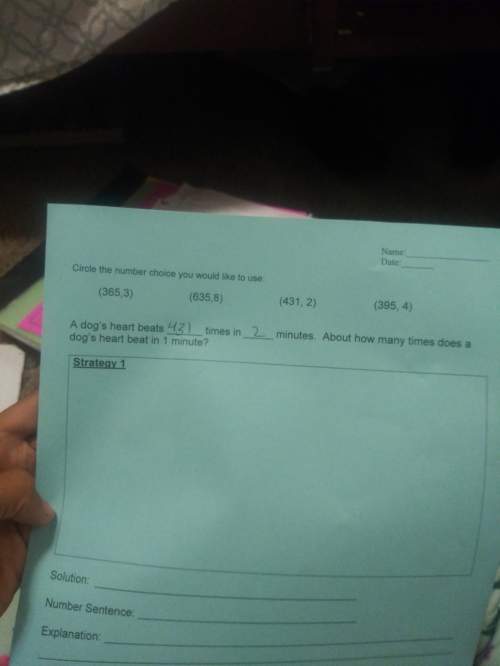
Physics, 25.06.2019 15:00 iamastudent79
Camels require very little water because they are able to tolerate relatively large changes in their body temperature. while humans keep their body temperatures constant to within one or two celsius degrees, a dehydrated camel permits its body temperature to drop to 34.0°c overnight and rise to 40.0°c during the day. to see how effective this mechanism is for saving water, calculate how many liters of water a 400 kg camel would have to drink if it attempted to keep its body temperature at a constant 34.0°c by evaporation of sweat during the day (12 hours) instead of letting it rise to 40.0 °c. (note: the specific heat of a camel or other mammal is about the same as that of a typical human, 3480 j/(kg⋅k). the heat of vaporization of water at 34°c is 2.42 × 106 j/

Answers: 3


Another question on Physics

Physics, 22.06.2019 13:10
The bar of prob. 5/82 is repeated here. the ends of the 0.4-m bar remain in contact with their re- spective support surfaces. end b has a velocity of 0.5 m/s and an acceleration of 0.3 m/s2 in the di- rections shown. determine the angular accelera- tion of the bar and the acceleration of end a.
Answers: 3

Physics, 22.06.2019 15:00
Sodium chloride, nacl, is formed when a sodium atom transfers its electron to a chlorine atom. the difference in charge between the two atoms creates a(n) attraction that bonds them together.
Answers: 1

Physics, 22.06.2019 15:30
1kg of water needs to recieve 4200j of energy to go from 90 degrees to 91 degrees. what is the specific heat capacity of water? what are the units?
Answers: 1

Physics, 22.06.2019 19:30
Select light for the type of wave, adjust the wavelength so that the light is red, and increase the amplitude of the light to the max. then, select the start button at the source location to begin producing the waves. light is a form of electromagnetic wave, containing oscillating electric and magnetic fields. the wave amplitude detector mentioned above shows how the electric field oscillates in time at the location of the probe. the amplitude of the wave at the location of the probe is equal to the maximum electric field measured. how does the amplitude of the wave depend on the distance from the source?
Answers: 2
You know the right answer?
Camels require very little water because they are able to tolerate relatively large changes in their...
Questions

Mathematics, 01.12.2020 21:10

English, 01.12.2020 21:10

Biology, 01.12.2020 21:10








Social Studies, 01.12.2020 21:10


Biology, 01.12.2020 21:10


Mathematics, 01.12.2020 21:10

Biology, 01.12.2020 21:10

Health, 01.12.2020 21:10

Mathematics, 01.12.2020 21:10





